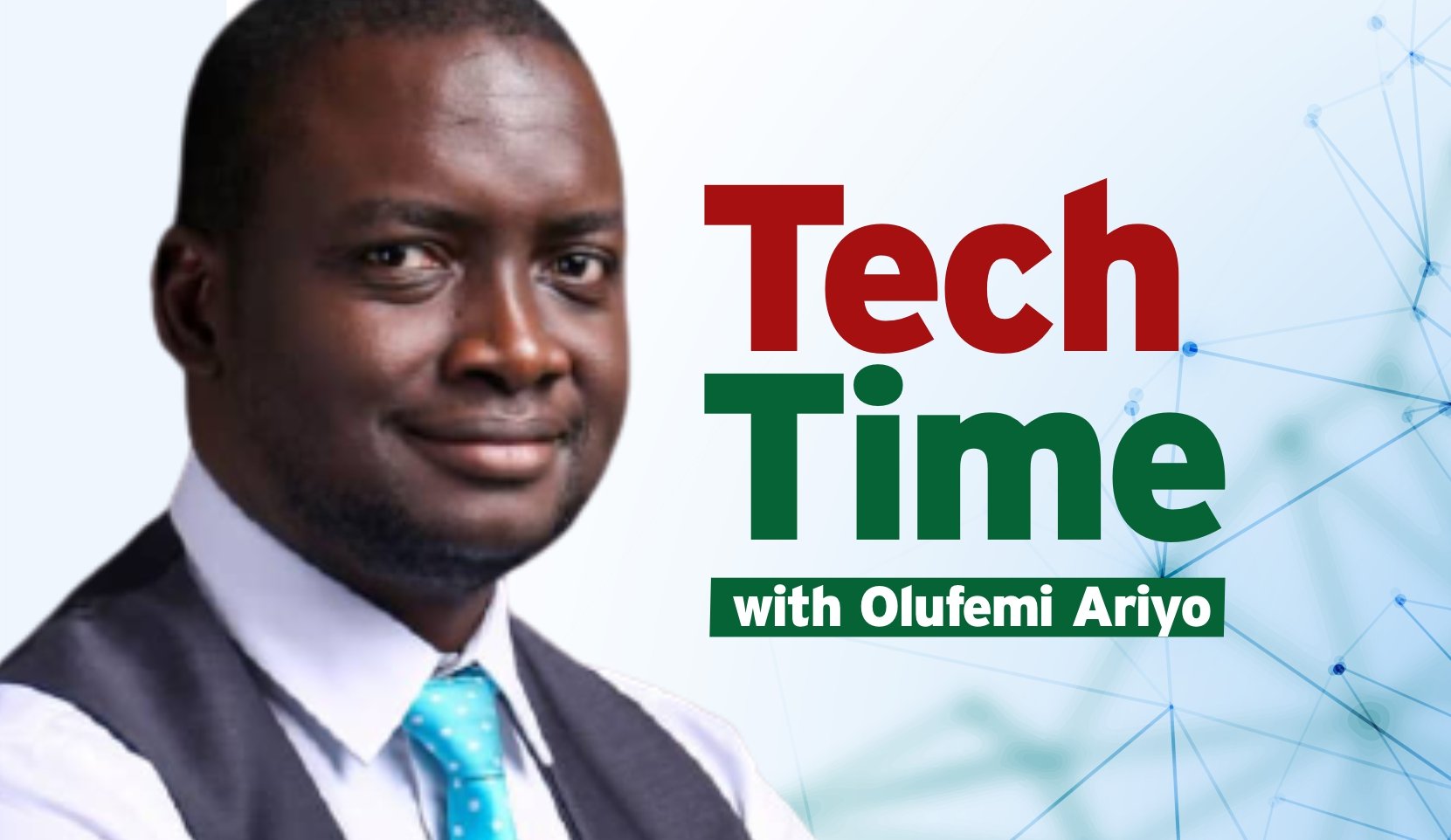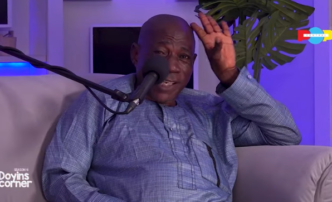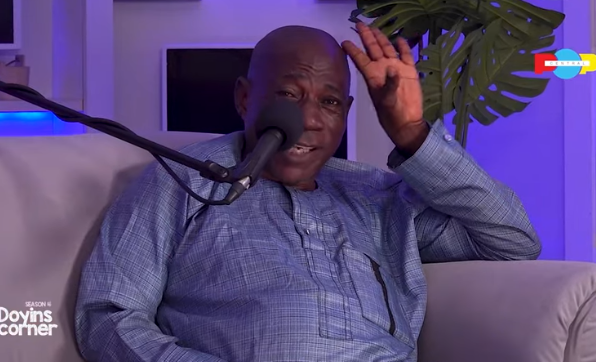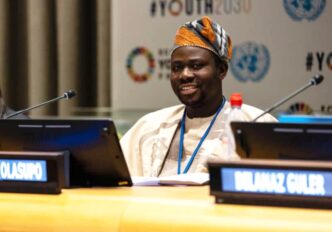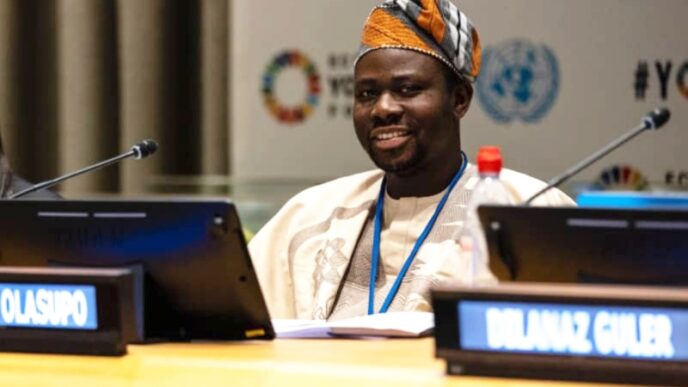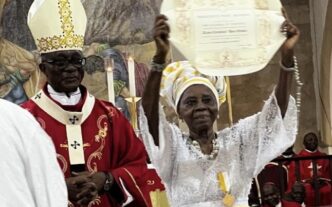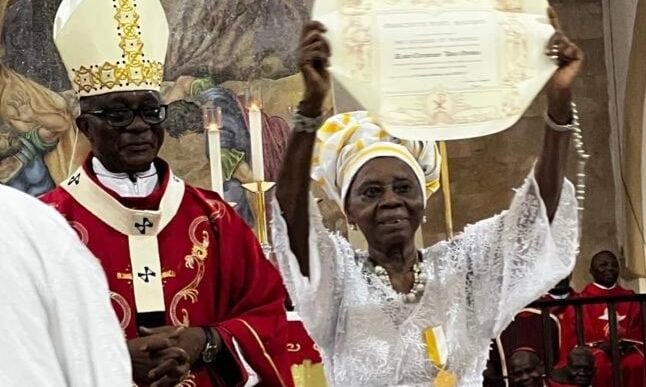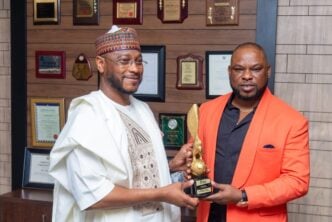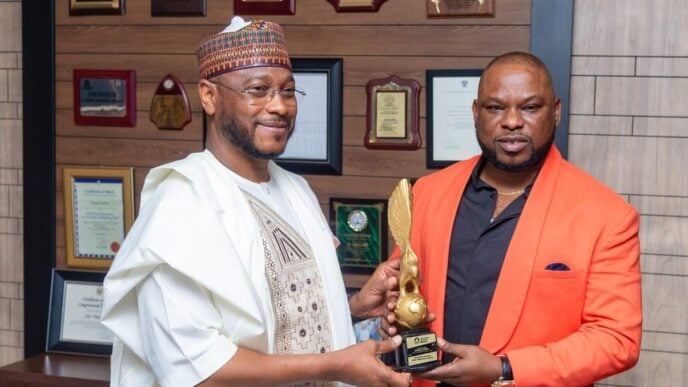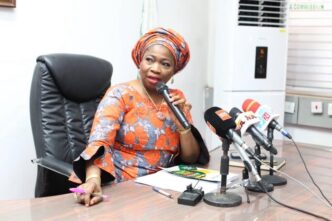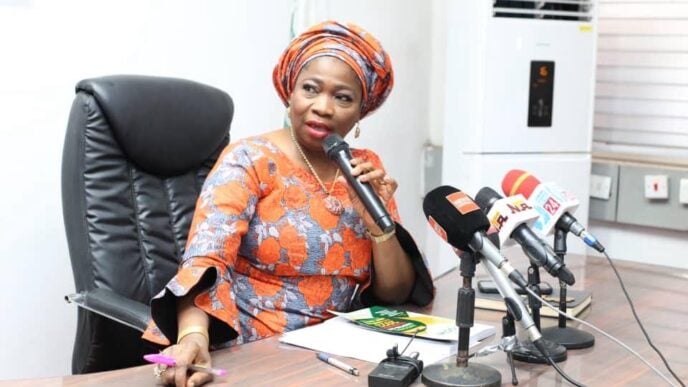As artificial intelligence (AI) continues to make progress, its impact on the creative fields of art, music, and writing has become a subject of fascination and concern. AI’s role in augmenting human creativity raises important questions about originality, authorship, and the future of artistic professions. This discussion clearly considers the opportunities, challenges, and implications of integrating AI into the creative process.
As a collaborator, AI offers innovative ways for artists, musicians, and writers to improve their creative processes. AI technologies, like generative algorithms and machine learning models, provide novel approaches to generating ideas, suggesting variations, and even creating complete works, resulting in impressive and sometimes unexpected outcomes. The next step is to see how AI functions as a creative partner across various artistic domains.
In visual arts, Advanced algorithms can analyze vast datasets of existing artworks, ranging from classical masterpieces to contemporary pieces, and learn patterns, styles, and techniques from them. This analysis allows AI to produce novel designs that blend these learned elements in distinct ways. For an example:
– Style Transfer: AI can apply the style of a renowned artist, like Van Gogh or Picasso, to a new image, creating a fusion that fuses the content of one image with the stylistic elements of another. This technique has been used in different applications, from producing digital art to improving photographs with artistic filters.
Advertisement
– Creative Prompts and Tweaks: AI can offer artists creative prompts or variations on existing concepts. By inputting initial ideas, artists can use AI to veer into different artistic directions or compositions they might not have considered. This can result in inspired thoughts pushing the boundaries of traditional artistic practices.
– Generative Art: Tools like DALL-E generate entirely new images based on textual descriptions. Artists can put their vision in words, and the AI generates visuals that match or build upon their descriptions. This capability opens up new possibilities for visual experiments and exploration.
In music, by analyzing extensive datasets of musical compositions across genres and styles, AI can generate melodies, harmonies, and rhythms that complement or inspire human-composed music. Some applications include:
Advertisement
– Composition and Arrangement: AI systems like OpenAI’s MuseNet can compose original pieces of music in different styles, from classical symphonies to modern pop. Musicians leverage these compositions as a basis to build upon or as an inspiration source for their work.
– Collaborative Music Creation: AI can support musicians by suggesting chord progressions, melodies, or lyrical ideas based on the initial input provided. This joint approach allows musicians to explore creative avenues and refine their compositions with AI-generated suggestions.
– Adaptive Music: AI can produce soundtracks that respond to real-time inputs, like user interactions in video games or environmental changes in installations. This dynamic aspect of AI-generated music improves the immersive experience by tailoring the music content to the context in which it is experienced.
In writing, AI tools like GPT-4 offer notable support for authors and content creators. These tools assist in different stages of the writing process, from brainstorming to drafting, summarizing, and editing. Some of these include:
Advertisement
– Idea Generation: AI helps writers generate ideas for plots, characters, and settings by analyzing existing literary works and proposing novel concepts. Authors leverage these suggestions as a starting point to further their narratives.
– Content Creation: AI can assist in drafting text, whether it’s generating entire articles, composing poetry, or creating dialogue for scripts. Writers engage AI-generated text as a basis, refine it, or incorporate it into their work, effectively working with the AI to develop polished content.
– Editing: AI tools can also aid in grammar checks, style suggestions, and congruency improvements. This streamlines the revision process and supports writers with the clarity and quality of their work.
The collaborative potential of AI in creativity reaches beyond individual applications. Artists, musicians, and writers make use of AI as a co-creator that provides novel views and possibilities. The interaction between human creativity and AI can result in the emergence of hybrid art forms and innovative approaches that redefine conventional artistic boundaries.
Advertisement
The Concern with Defining Originality in the Age of AI
In art, music, writing, and beyond AI has prompted a profound reexamination of what we have accepted as originality. Typically, originality has been associated with human creativity, individual vision, and the unique expression of personal experiences and ideas. However, as AI systems continue to engage in the creative process, questions about who owns creativity and what constitutes originality become more difficult. AI continues to challenge regular notions of originality and how we could redefine this concept in an AI-infused world.
Advertisement
Who Owns Creative Work: When an AI system generates a piece of art, music, or text, determining who holds the creative ownership can be tough. The process usually involves several key players:
– The User: The person who feeds the instructions, parameters, or prompts for the AI. This individual often has a vision or reason behind the use of the AI tool, and they may notably affect the final output through their choices and tweaks.
Advertisement
– The AI Model: The software that creates the work, using algorithms and trained models to generate outputs based on the given inputs. The role of AI is vital, but it operates within its programming and training data.
– The Developers: The creators of the AI system who put in place the algorithms, curate training data, and piece together the underlying technology. Their contributions are basal but often less obvious in the eventual output.
Advertisement
This distribution of roles makes it hard to attribute creative ownership. Food for thought: if an AI generates a piece of artwork premised on a prompt provided by a user, is the eventual piece more the work of the user, the AI, or the developers of the AI? This dilemma challenges conventional notions of authorship and raises pertinent questions about fairly crediting all contributors to creative work.
How Innovation Works: AI’s ability to learn from and discover patterns in existing works complicates the concept of innovation. These systems are trained on large datasets of pre-existing art, music, and literature that let them generate content that can be similar to or build upon these prior works. The question then arises: If AI develops content that is derivative of existing works, can it be considered innovative or original?
– Novel Combinations: One argument poses originality in the age of AI as the novel combinations of existing elements. AI fuses styles and themes in ways not conceived by human creators. For instance, an AI might blend elements from classical music with modern electronic sounds to create a unique composition. While these elements are not entirely new, their novel combination can produce original results.
– Human Vision and Intent: Another perspective emphasizes the role of human vision and intent. Even if AI generates content based on existing data, the distinct vision and creative direction a human provides can infuse the work with originality. In this view, the originality of AI-generated content is closely tied to the purpose and direction set by the user.
– Model Creativity: Some posit that AI itself can exhibit forms of creativity that query traditional definitions of originality. AI-generated works that are unanticipated or exceed established patterns could be seen as original in their own right. This view shifts the focus from the individual origins of creativity to the impact of the creative process.
Redefining Originality becomes essential where AI closely mimics or even surpasses human creativity in certain contexts. Several methods to this redefinition include:
– Process-based originality focuses on the novelty of the process rather than the end product; and involves recognizing the innovative methods and techniques used to create something new, whether by humans, AI, or a combination of both.
– Collaborative creativity acknowledges that originality can emerge from a joint effort between humans and AI. The synergy between human creativity and machine learning can lead to novel and impactful outputs.
– Contextual innovation understands distinctiveness in terms of the context and impact of the work. This position considers how AI-produced content fits within cultural, historical, and artistic contexts and how it contributes to ongoing creative dialogues.
– Ethical and cultural elements incorporate these dimensions into the definition of originality. This approach posits that originality is not just about newness but also about respecting and acknowledging cultural heritage, intellectual property, and the diverse contributions of all creators involved.
Impact on Traditional Artistic Careers
As AI becomes more advanced and integrated into creative processes, it influences the art world in various ways. A comprehensive look at how AI affects classic artistic careers, considering the potential benefits and the bottlenecks. Following are some AI-triggered opportunities:
1. Ubiquity of Creativity
Accessibility considers how AI tools break down barriers for individuals without formal art, music, or writing training. AI-driven platforms like DALL-E and MidJourney allow users to generate visual art from text prompts, while AIVA and Amper Music enable music composition without deep musical expertise. Similarly, AI writing assistants like GPT-4 assist with text generation, idea brainstorming, and draft refinement, making creative processes more approachable for those who may find traditional methods challenging.
Additionally, Increased Participation through AI-enhanced creative tools notably widens involvement in the arts by making these tools more accessible to a wider audience. As individuals from diverse backgrounds can now engage with art, music, and writing without requiring extensive training, the creative landscape becomes more vibrant and varied. This democratization promotes new voices and perspectives, enriching the arts with broader experiences and ideas.
2. Improved Creativity and Innovation
New Creative Possibilities highlight how AI introduces fresh tools and techniques that push the boundaries of artistic expression. AI can generate creative prompts and suggestions, inspiring artists to explore unconventional styles and concepts they might not have previously considered. Additionally, AI serves as a collaborative partner, allowing artists to integrate AI-generated elements into their work, resulting in innovative hybrid forms of art that blend human creativity with technological advancements.
Moreover, Customization and Personalization through AI empower artists to tailor their work to meet specific needs and preferences. For instance, AI can generate adaptive music that adjusts to various contexts, such as interactive elements in video games or custom playlists reflecting individual tastes. Similarly, AI can create art that resonates with personal preferences or aligns with particular themes, enabling more personalized and targeted creative outputs that cater to unique user desires and contexts.
3. Increased Efficiency
Streamlined processes focus on how AI automates repetitive or time-consuming tasks, like editing, color correction, or composition adjustments. This frees up time for artists to focus on more creative and strategic aspects of their work.
Indeed, Enhanced productivity is reached as AI handles routine tasks. This helps artists increase their productivity and results, potentially leading to more opportunities and greater creative exploration.
That said, some challenges and areas of concern include:
1. Displacement of Traditional Artists
Job market shifts address concerns that AI’s growing capabilities could potentially replace human artists in specific sectors. In commercial art, AI-generated designs may become preferred due to their efficiency and cost-effectiveness, potentially displacing human artists in marketing and advertising roles. Similarly, in music production, AI tools that compose and arrange music could decrease the demand for human composers, especially where AI-generated compositions are sufficient to meet commercial needs.
Also, Economic impact looks at the potential for AI to take over specific artistic roles that could impact the livelihood of traditional artists. If AI-generated works are priced lower or produced faster, it might devalue human-created art in certain markets.
2. Erosion of Traditional Skills
Skill Obsolescence highlights the risk that as AI excels in creating art, music, and writing, traditional artistic skills may become undervalued or obsolete. The reliance on AI-generated content could diminish the perceived importance of mastering classical techniques like manual painting or traditional music composition. Moreover, the emphasis on AI tools might overshadow the value of cultivating deep creative expertise and understanding within traditional artistic disciplines, potentially leading to a decline in the appreciation for these foundational skills.
Furthermore, Adaptation Requirements address the necessity for artists to evolve and acquire new skills in response to the rise of AI in the creative field. To remain relevant, artists may need to learn how to effectively use AI tools and integrate them into their creative workflows. Also, they might need to embrace new roles, such as curating AI-generated content or facilitating collaborations between human creativity and AI, thereby redefining their contributions and expertise in an AI-influenced environment.
3. Quality and Authenticity
Concerns about authenticity revolve around the potential lack of emotional depth and personal connection found in human-created works. AI may struggle to capture the subtle emotional nuances and personal experiences that human artists infuse into their art. Additionally, the artistic intent behind AI-generated pieces can be questioned, as AI lacks the personal experiences, emotions, and consciousness that typically drive human creativity, potentially undermining the authenticity and intent perceived in such works.
Besides, Perceived Value renders that the value placed on art and creativity might shift as AI-generated works become more prevalent. This could result in debates about the worth of human-created art versus AI-generated content and how to differentiate between the two.
In conclusion, we encounter a dynamic landscape filled with both opportunities and challenges. AI’s integration into the creative process offers unprecedented tools and techniques, enabling artists to explore new styles, enhance their workflows, and personalize their outputs in ways that were previously unimaginable. The democratization of creativity through AI improves accessibility, broadens participation, and fosters innovation, while also improving efficiency by automating routine tasks and facilitating more productive creative endeavors. However, these advancements bring to light significant concerns, such as the potential displacement of traditional artists, the erosion of time-honored skills, and debates over the authenticity and quality of AI-generated work. As we continue to blend human artistry with technological prowess, it is crucial to address these challenges thoughtfully and redefine our concepts of originality and creative ownership. The evolving dialogue around these issues will shape the future of artistic professions and the value we assign to human versus AI contributions, ensuring that the rich tapestry of creativity remains vibrant and inclusive in an AI-influenced world.
Thank you for the investment in time. Please follow me on Medium: https://medium.com/@roariyo and LinkedIn: https://www.linkedin.com/in/olufemi-ariyo-923ba6130/
Add a comment
